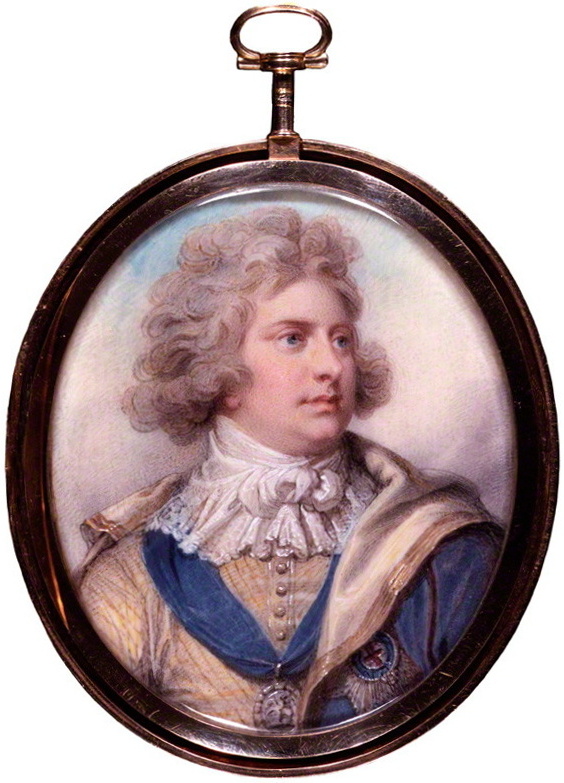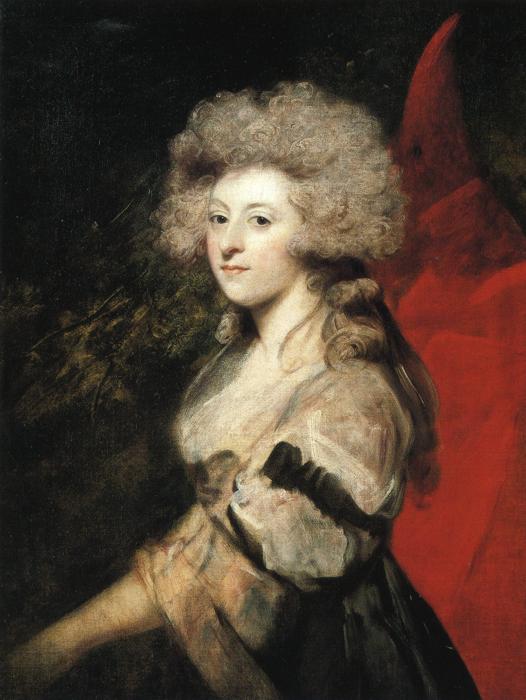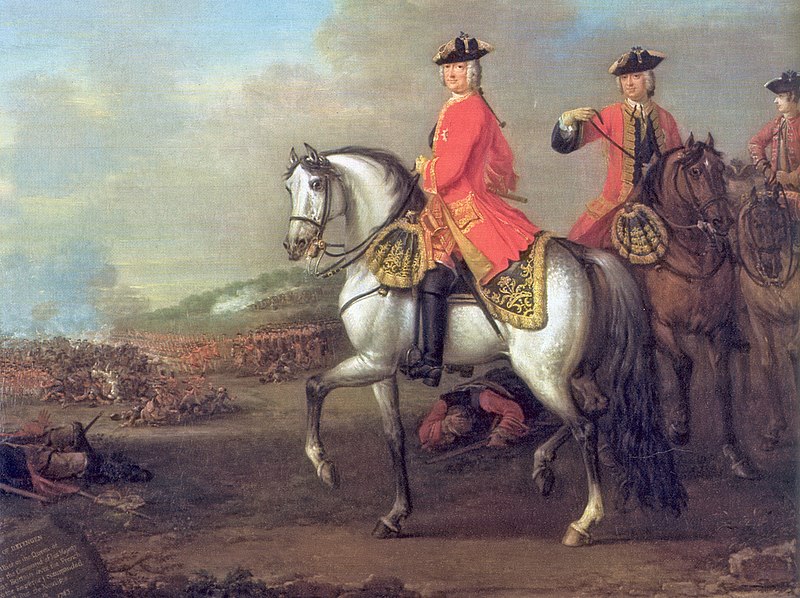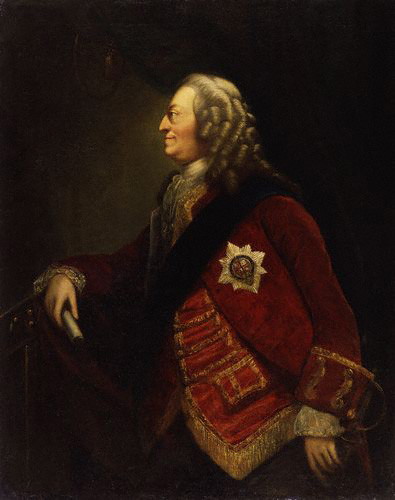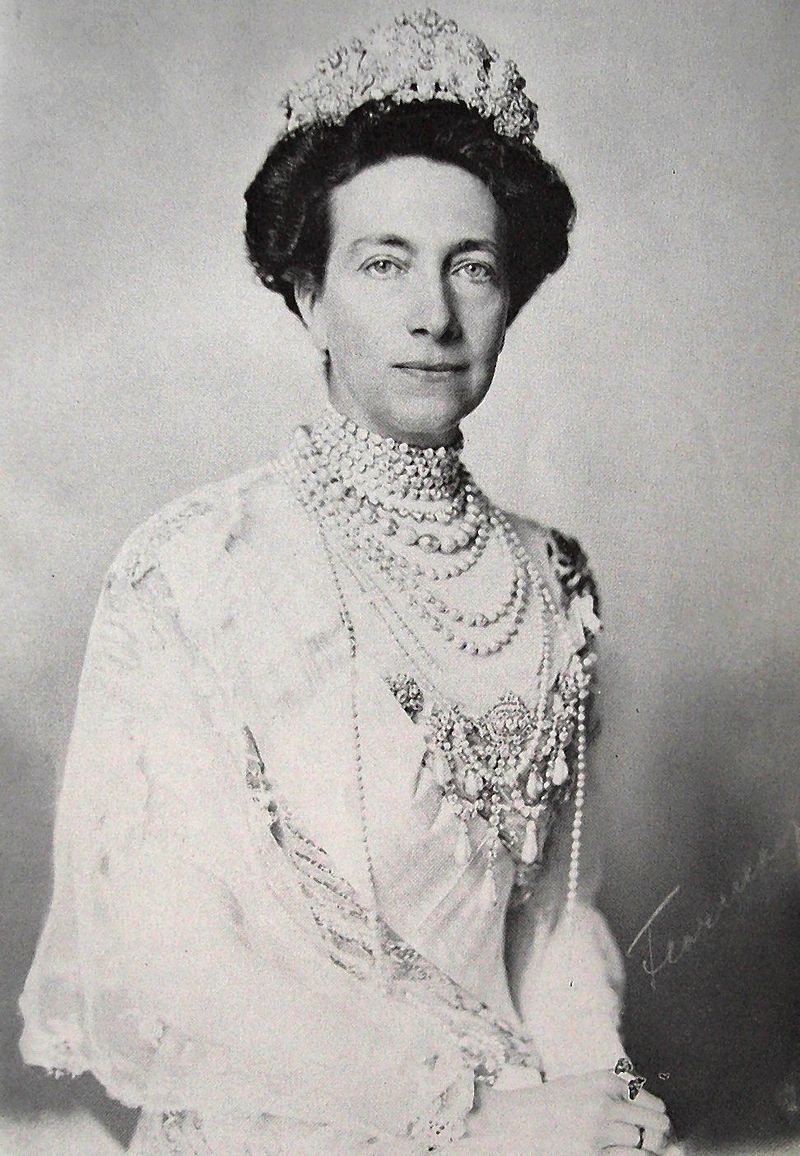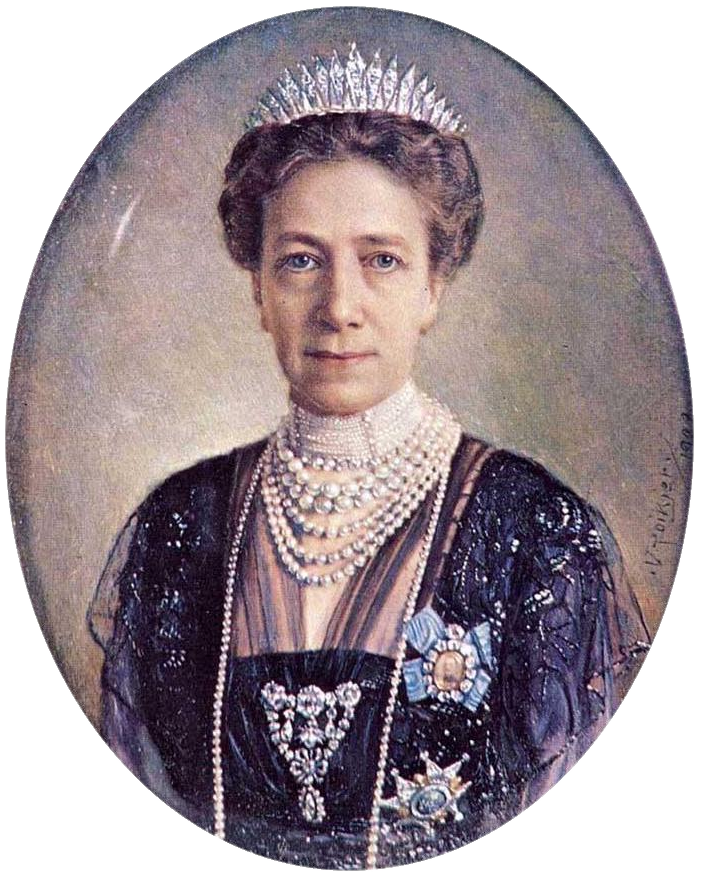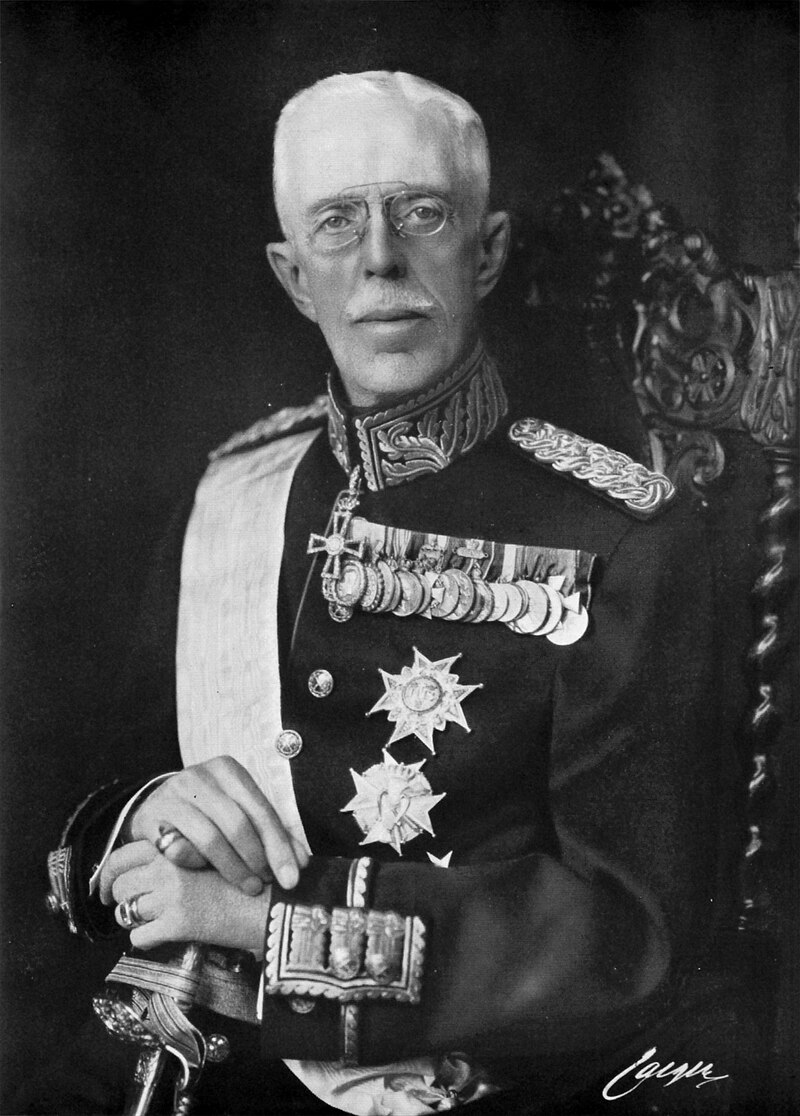by Susan Flantzer © Unofficial Royalty 2015
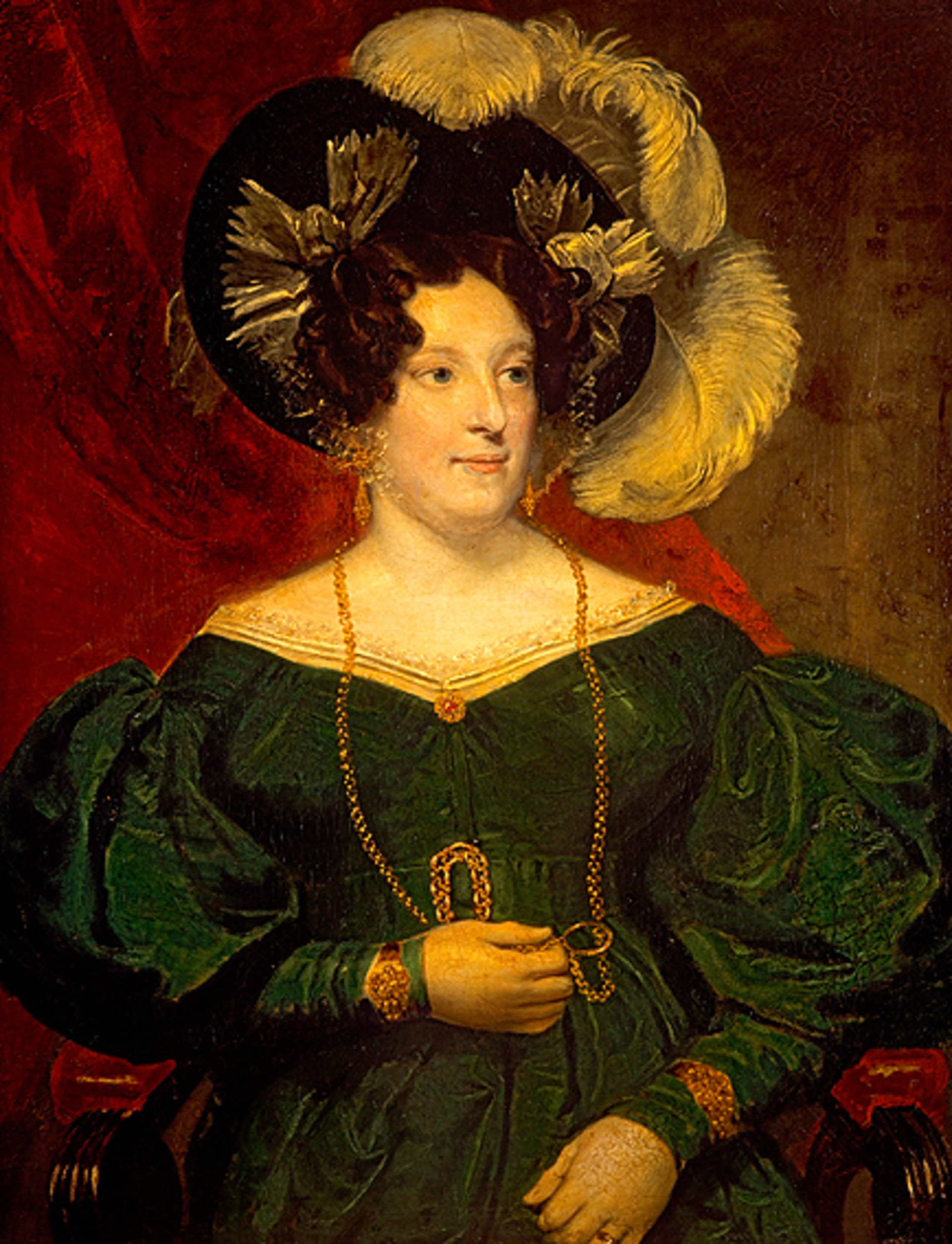
Caroline of Brunswick, Queen of the United Kingdom; Credit – Wikipedia
Her Highness Princess Caroline Amelia Elizabeth, Duchess of Brunswick-Wolfenbüttel, known as Caroline of Brunswick, was the third child of the seven children of Karl Wilhelm Ferdinand, Duke of Brunswick-Wolfenbüttel and Augusta of Great Britain, the elder sister of King George III of the United Kingdom. She was born on May 17, 1768, in Brunswick, Duchy of Brunswick-Wolfenbüttel, now in the German state of Lower Saxony.
Caroline had six siblings:
- Augusta (1764 – 1788), married the future Friedrich III, Duke of Württemberg, had issue
- Karl (1766 – 1806), married Louise Orange-Nassau, no issue
- Georg (1769 – 1811), unmarried, declared incapacitated, excluded from the line of succession
- August (1770 – 1822), unmarried, declared incapacitated, excluded from the line of succession
- Friedrich Wilhelm, Duke of Brunswick-Wolfenbüttel (1771 – 1815), married Maria of Baden, had issue
- Amelie (1772 – 1773)
Caroline was rebellious and a tomboy who preferred playing with her brothers instead of with girls. She grew up not very educated in her mother’s uncultured court. Caroline’s mother, the elder sister of King George III, spent her time knitting and doing embroidery with her ladies at her palace outside of Brunswick. Caroline’s father lived in Brunswick with his mistress. Like many German princesses, she was brought up with no religious instructions to keep her options open for marriage to a prince of any religion.

Caroline in 1795, shortly before her marriage; Credit – Wikipedia
In 1794, across the British Channel in Great Britain, the eldest son of King George III, George, Prince of Wales, was once again severely in debt. If he married, Parliament would settle his debts and increase his allowance by £ 100,000. In 1784, George had fallen in love with Maria Fitzherbert, a twice-widowed Catholic Irish woman. A marriage with a Catholic would mean that George would lose his place in the succession as stipulated by the Act of Settlement 1701. In addition, the Royal Marriages Act 1772 prohibited marriage without the consent of the King, which would never have been granted. Nevertheless, the couple went through with a legally void marriage at Maria Fitzherbert’s home on December 21, 1785. Maria Fitzherbert was convinced she was the lawful wife of the Prince of Wales, as she viewed church law to be superior to the law of the state. For political reasons, the marriage remained secret, although rumors spread all over London. Maria Fitzherbert had promised not to let anything about it be announced in public.
On June 23, 1794, Maria Fitzherbert was informed by letter that her relationship with the Prince of Wales was over. Caroline, his first cousin, was selected as George’s bride. Great Britain was at war with revolutionary France and was eager to obtain allies on the European mainland. Caroline and George were married on April 8, 1795, at the Chapel Royal, St. James’ Palace, in London.

George and Caroline’s wedding; Credit – Wikipedia
This marriage is one of the worst ever royal marriages. Upon first seeing Caroline, George said to his valet, “Harris, I am not well; pray get me a glass of brandy.” Caroline said George was fat and not as handsome as his portrait. It is doubtful that the couple spent more than a few nights together as husband and wife. Their only child, Princess Charlotte of Wales, was born nine months later. They found each other equally unattractive and never lived together or appeared in public together. To make matters worse, George’s mistress, Frances Villiers, Countess of Jersey, was appointed Caroline’s Lady of the Bedchamber. Caroline was ignored at the court and basically lived under house arrest. After two and a half years, she left the court and lived for ten years in a Montagu House in Blackheath, London. She was denied any part in raising her daughter Charlotte, and was allowed to see her only occasionally.

Caroline, Princess of Wales, 1798; Credit – Wikipedia
At Montagu House, Caroline provided a home for nine orphan children. In 1802, she adopted one of the children, William Austin, and rumors circulated that he was Caroline’s child. Caroline retorted, “Prove it, and he shall be your King!” The Delicate Investigation, a secret commission, was set up to investigate the claim that William Austin was Caroline’s son. The commissioners found there was no real evidence for the allegation.
husband.

Caricature mocking Caroline for her supposed affair with Pergami; Credit – Wikipedia
King George III became so ill that Parliament needed to pass the Regency Act of 1811. George acted as Regent until his father died in 1820 and was known as The Prince Regent. Caroline was increasingly unhappy with her situation and treatment. She negotiated a deal with the Foreign Secretary to allow her to leave the country in exchange for an annual allowance of £35,000. On August 8, 1814, Caroline left Great Britain and spent several years traveling in Germany, Switzerland, Italy, Tunis, and Palestine. In Italy, she hired Bartolomeo Pergami as a courier, and he soon became the head of her household, and rumors circulated that they were lovers. Caroline said that she had committed adultery only once, with Mrs. Fitzherbert’s husband.

Caroline with her daughter Charlotte; Credit – Wikipedia
Caroline’s daughter Charlotte married Prince Leopold of Saxe-Coburg-Saalfeld (the uncle of Queen Victoria and Prince Albert and the future King of the Belgians). However, Charlotte predeceased both her parents, dying in childbirth in 1817 at the age of 21, along with her son. Had Charlotte lived, she would have succeeded her father on the throne. Caroline, who had started receiving letters from her daughter once she was married, was devastated.
When King George III died in January 1820, Caroline was determined to return to England and assert her rights as queen. On her way back to England, she received a proposal from George offering her £50,000 per year if she would continue to live outside of England. Caroline rejected the proposal and received a royal salute of 21 guns from Dover Castle when she set foot again in England. George was determined to be rid of Caroline. His government introduced a bill in Parliament, the Pains and Penalties Bill 1820, to strip Caroline of the title of queen consort and dissolve her marriage. The reading of the bill in Parliament was effectively a trial of Caroline. On November 10, 1820, a final reading of the bill took place, and the bill passed by 108–99. Prime Minister Robert Jenkinson, 2nd Earl of Liverpool declared that since the vote was so close, and public tensions so high, the government was withdrawing the bill.

The Trial of Queen Caroline, 1820 by Sir George Hayter; Credit – Wikipedia (Caroline is sitting in a chair in the lower middle of the painting)
King George IV’s coronation was set for July 19, 1821, but no plans had been made for Caroline to participate. On coronation day, Caroline went to Westminster Abbey, was barred at every entrance, and finally left. Three weeks later, on August 7, 1821, Caroline died at the age of 53, most likely from a bowel obstruction or cancer. Before her death, Caroline had requested that she be buried in her native Brunswick. The official route of Caroline’s cortege through London was to avoid major streets. However, members of the public blocked those streets and forced a new route through the major streets. Caroline was buried at Brunswick Cathedral in Brunswick, Duchy of Brunswick, now in the German state of Lower Saxony, alongside her father. Her casket bears the inscription, “Here lies Caroline, the Injured Queen of England.”
This article is the intellectual property of Unofficial Royalty and is NOT TO BE COPIED, EDITED, OR POSTED IN ANY FORM ON ANOTHER WEBSITE under any circumstances. It is permissible to use a link that directs to Unofficial Royalty.
Recommended book: The Unruly Queen: The Life of Queen Caroline by Flora Fraser (non-fiction)
House of Hanover Resources at Unofficial Royalty






